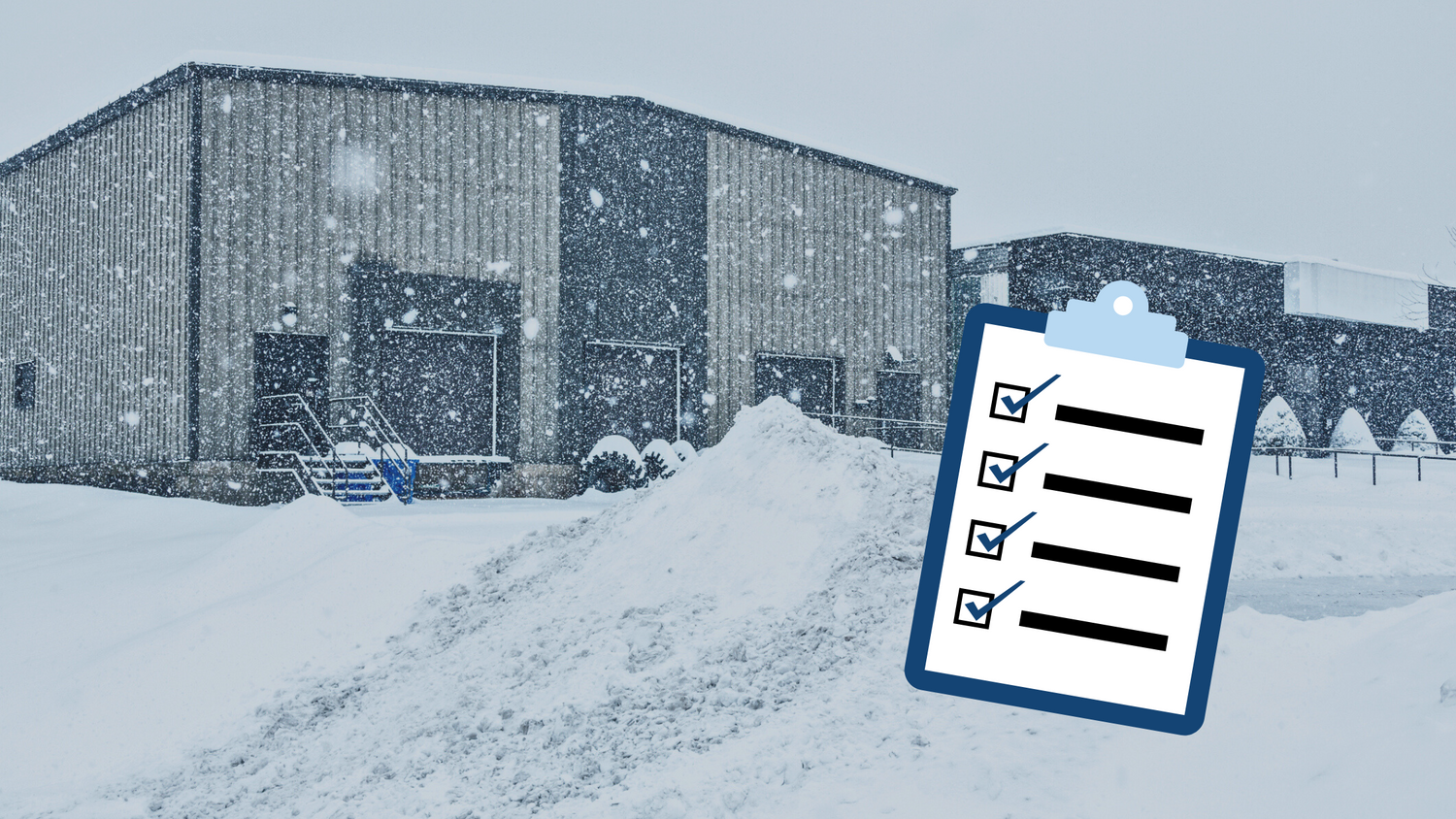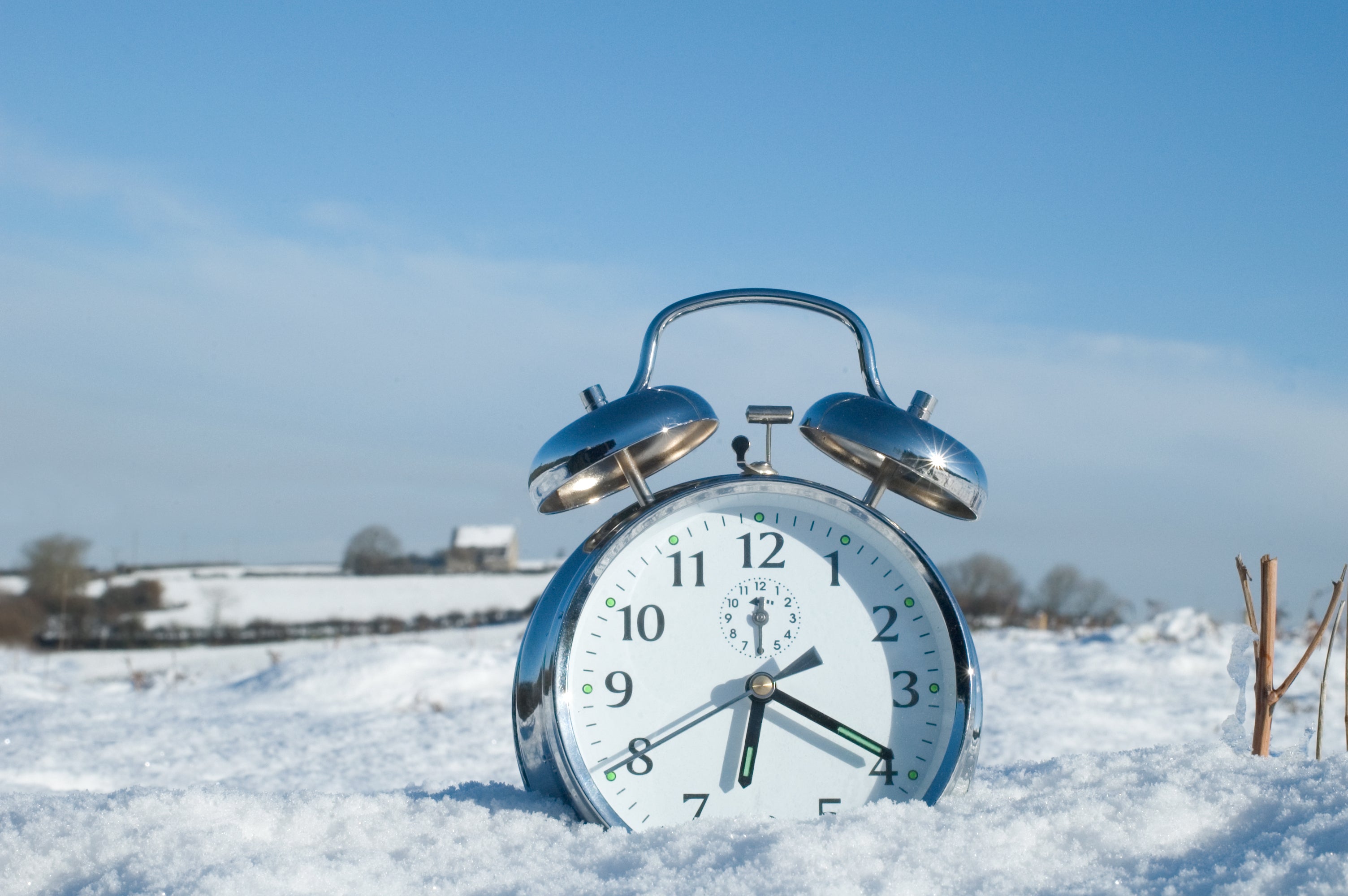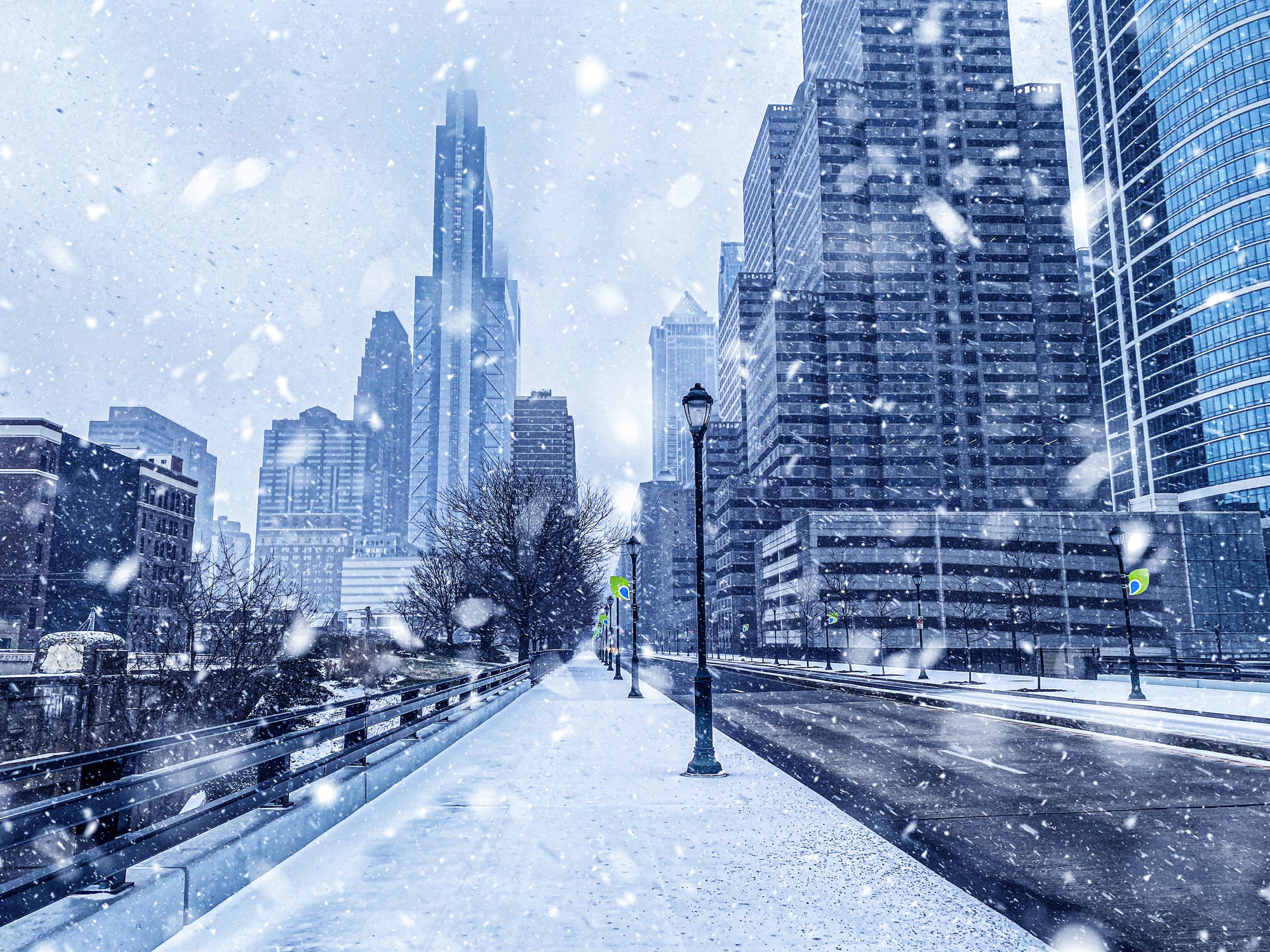As the winter months approach, businesses must prepare to face the challenges that come with colder temperatures, snow, and ice. While the season brings with it the potential for beautiful snowy landscapes, it also ushers in the risk of property damage, hazardous conditions, and even costly downtime if your business isn’t properly winterized.
In this guide, we’ll outline essential steps to help you learn how to winterize your business effectively. Taking the right precautions now will not only ensure your business runs smoothly but also safeguard your employees, customers, and property throughout the winter.
1. Inspect Roofs and Gutters
Winter weather can be especially hard on your roof and gutter system. Before the snow starts falling, inspect your roof for any potential issues like leaks, missing shingles, or structural weaknesses. Clear out your gutters of leaves, debris, and dirt to prevent blockages that can lead to ice dams, which could cause water damage to the roof and walls. Routine maintenance on these areas will help prevent costly repairs later on.
2. Prepare Walkways and Entryways
Walkways, stairs, and ramps are prime areas for winter hazards like slips and falls due to ice accumulation. Installing heated snow and ice melting mats, such as HeatTrak PRO mats, can keep these areas safe, clear, and accessible all winter long. These mats offer a reliable solution to eliminate the need for constant salting and shoveling, creating a safer environment for both employees and customers while reducing liability.
3. Service HVAC Systems
An efficiently running heating system is crucial to keeping your building comfortable during cold months. Schedule HVAC maintenance before winter hits to ensure that your system is in good working order. Dirty filters, worn belts, or malfunctioning parts could cause your system to fail when it’s needed most, leading to downtime and uncomfortable work environments. Regular maintenance also helps to improve energy efficiency, which can reduce your heating costs.
4. Insulate Windows and Doors
Poorly insulated windows and doors allow cold air to seep in, increasing energy costs as your heating system works overtime to maintain the desired temperature. Inspect all windows and doors for drafts and install weather stripping or caulking where needed. You can also consider adding window insulation kits to provide an extra layer of protection against the cold. Proper insulation keeps your business warm while cutting down on energy waste.
5. Stock Up on Snow Removal Supplies
Even with snow melting mats installed on key walkways, it’s important to be prepared with the right snow removal tools for other areas around your property. Stock up on shovels, salt, and de-icers, or consider contracting a snow removal service for larger areas such as parking lots and access roads. Being ready for heavy snowfalls will ensure that your business remains open and operational despite the weather conditions.
6. Check Emergency Preparedness
Winter weather can sometimes bring unexpected situations like power outages, snowstorms, or icy conditions. Check that your business’s emergency exits are clearly marked, easily accessible, and free from obstructions. Make sure snow and ice are promptly removed from these areas, and review your emergency evacuation plan with staff. Additionally, ensure that emergency lighting is working properly in case of a power outage.
7. Install Backup Power Sources
A sudden winter storm can knock out power, leaving your business vulnerable. Consider installing backup generators or backup battery systems to keep essential systems running, such as heating, security, and communications. Ensuring your business can continue operating during a power outage protects your operations from downtime and ensures the safety of your employees and customers.
8. Educate Employees on Safety Protocols
Your employees are your front line during the winter season. Conduct a refresher course on winter safety protocols, ensuring that everyone knows how to handle potential hazards, such as icy surfaces, emergency exits, and power outages. Clear communication and training can prevent accidents and keep your business operating smoothly.
9. Protect Outdoor Equipment
If your business uses outdoor equipment, take steps to winterize and protect it from freezing temperatures. Cover machinery and equipment when not in use, and perform regular checks to make sure they’re in good working condition. If possible, store equipment indoors to prevent damage caused by the cold, ice, or snow.
10. Update Insurance Policies
Winter weather increases the likelihood of accidents and property damage, so now is a great time to review your business insurance. Ensure that your policy covers weather-related issues, such as damage from snow or ice, and that your liability coverage is sufficient in case of accidents on your property. Having the right coverage will give you peace of mind in the event that something unexpected occurs.
Stay Safe This Winter
Learning how to winterize your business is essential to maintaining a safe, efficient operation throughout the cold months. By taking these proactive steps, you can avoid unnecessary risks, reduce the chance of costly repairs, and ensure a safe environment for everyone who enters your business.
Don’t let winter catch you off guard—start winterizing today and enjoy a worry-free season!



